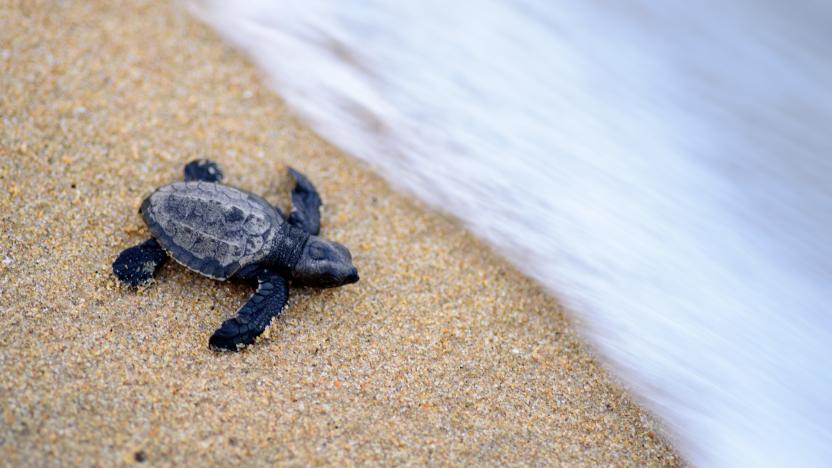Thanks to 3D printed turtle eggs with GPS trackers, researchers can follow the trafficking routes of poachers who steal eggs from turtle nests.
The Pacific coast of Nicaragua stretches over hundreds of kilometres and has both dreamy, sandy beaches and more rocky littoral zones. The coastline is home to several sea turtle species: leatherbacks, hawksbills, olive ridleys and Pacific green sea turtles. Unfortunately, the conservation status of these creatures is less than enviable: the two first species are critically endangered, the third is classified vulnerable and the last one is endangered.
Poaching is one of the greatest threats to these friendly sea creatures. Turtle eggs are considered a delicacy in some parts of Central America and even the United States. In some bars, they are consumed raw, cooked, or even mixed in beer. Each egg is worth a few dollars individually, and since turtles lay plenty of them at a time in massive events known as “arribada”, some people see an opportunity for profit.
Paso Pacifico, a conservation organisation working in Central America, employs turtle rangers since 2008 to protect turtle nests and discourage poachers or catch them red-handed. Recently, they have turned to 3D printing to try to map trafficking routes and understand the bigger picture of the issue.
Paso Pacifico and their partners designed fake turtle eggs which look and weigh about the same as their natural counterparts, in addition to having the same ‘squishy’ feel. Theses eggs contain GPS trackers. Placed in a turtle nest, they will not prevent poaching from happening but provide the team of researchers with precious information: the path of smuggled turtle eggs. This can help to find black markets and eventually arrest the smugglers and buyers.
 ©
© The fake turtle eggs will be placed into nests this fall. The idea has already won the Wildlife Crime Tech Challenge, an initiative that rewards innovative solutions that advance the fight against poaching. If proven successful, this technique could help other endangered species. With 3D printing, eggs of all shapes and sizes can potentially be produced.




